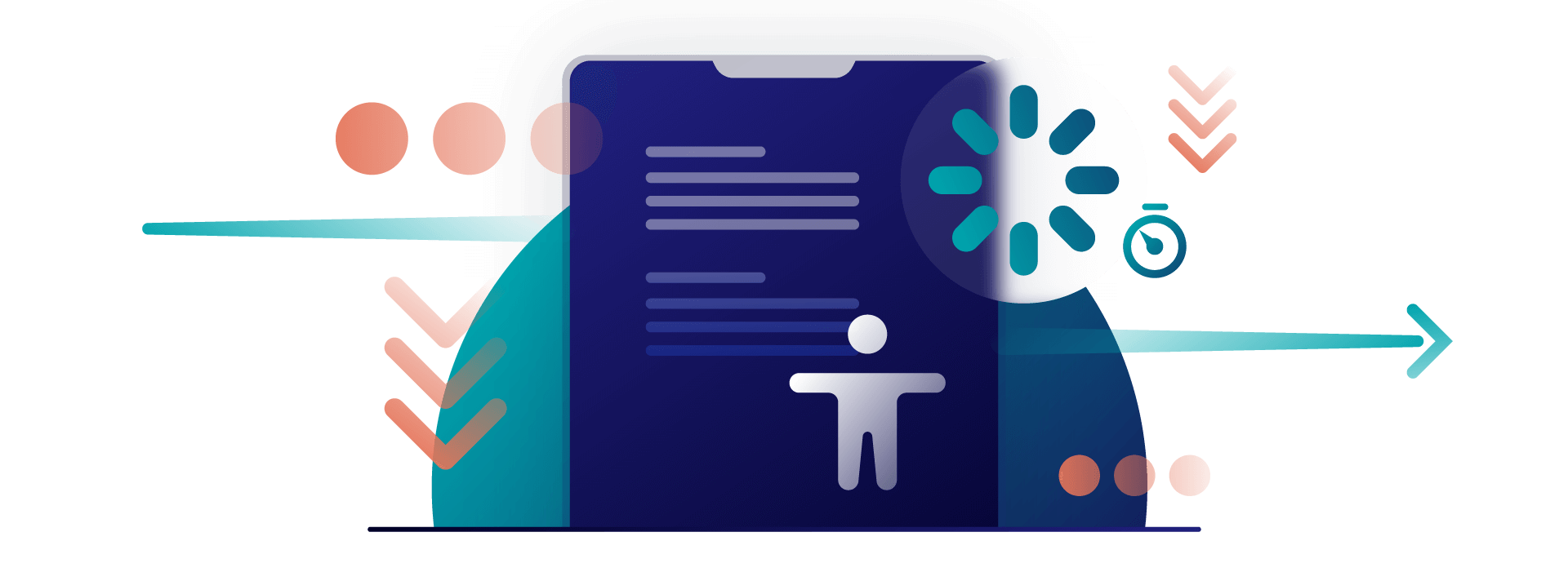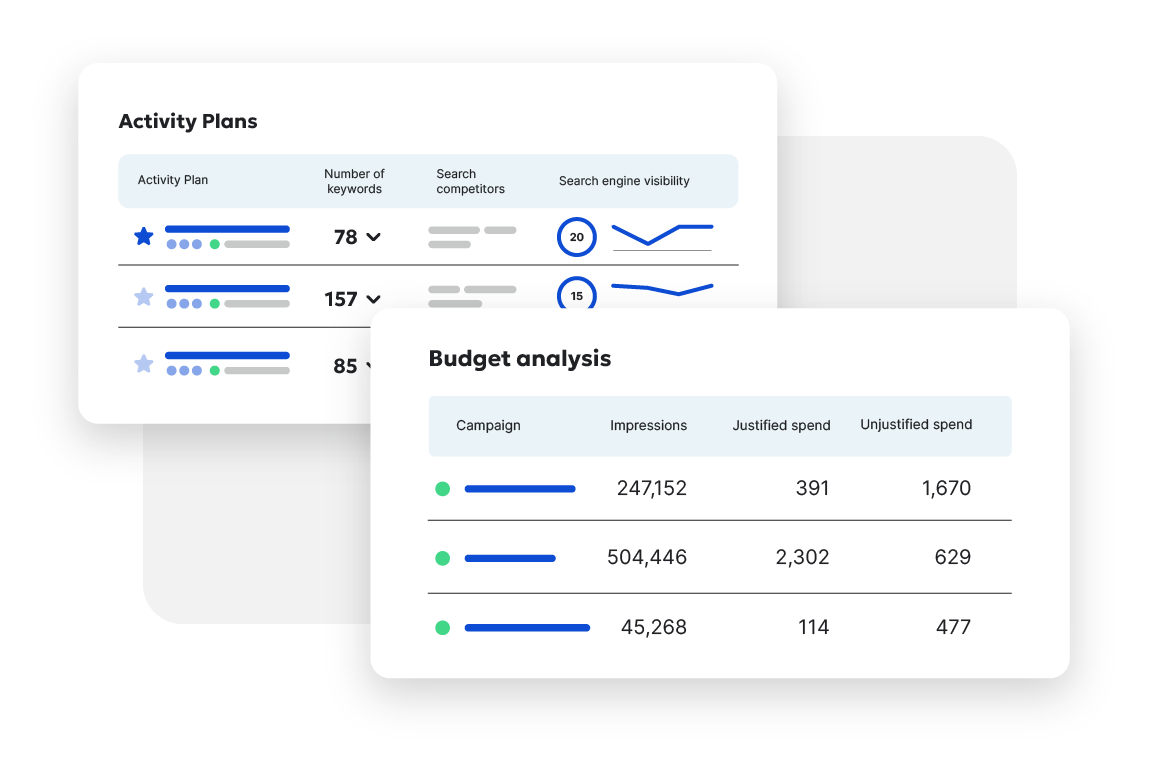Ensuring that all your website visitors, regardless of factors like poor internet connection or accessibility requirements, can enjoy your content with as few barriers as possible is known as digital inclusion.
Why do organizations need to think about digital inclusion? Well, we know that the majority of online consumers – 88% in fact – who have a poor website experience will leave that website and never return. That figure rises to 90% for badly performing apps.
But by making your website as inclusive as possible you can prevent lost sales, improve your standing in search engines, and cement your brand’s reputation as a digitally inclusive organization. Let's find out how.
What is digital inclusion?
As one of the world’s leading web accessibility tools, Siteimprove often talks about the importance of providing inclusive web experiences for those using assistive technologies. However, digital inclusion reaches beyond this form of accessibility. The National Digital Inclusion Association defines digital inclusion as:
“The activities necessary to ensure that all individuals and communities, including the most disadvantaged, have access to and use of Information and Communication Technologies (ICTs). This includes…applications and online content designed to enable and encourage self-sufficiency, participation and collaboration. Digital inclusion must evolve as technology advances. Digital inclusion requires intentional strategies and investments to reduce and eliminate historical, institutional and structural barriers to access and use technology.”
Why is digital inclusion so important in 2021?
There are two key trends that will increase the attention that organizations pay to digital inclusion in 2021; the coronavirus pandemic and Google’s upcoming algorithm update.
As the coronavirus pandemic continues to cause disruption across the world, organizations are pivoting to online experiences in place of in-person interactions. These organizations need to ensure an accessible web experience for those unable to navigate the web using a computer screen, audio, and/or mouse. Less talked about – but equally important for full digital inclusion – is considering the needs of visitors with subpar internet connections that can make connecting to learning and office environments challenging.
The growing reliance on online experiences coincides with the upcoming page experience algorithm update that Google will roll out in May 2021. Siteimprove has previously discussed the adjustments your organization needs to make to improve the Core Web Vitals influencing the algorithm update, but here’s a quick reminder of what the three metrics that will be used to measure your page experience are:
- Largest Contentful Paint (LCP): measures loading performance
- First Input Delay (FID): measures interactivity
- Cumulative Layout Shift (CLS): measures visual stability
Websites that are not performing well against these metrics can – and will – see rank decreases in their organic search traffic in 2021.

Now we understand why digital inclusion will be so important next year, let’s break down these Core Web Vitals, the scenarios in which digital inclusion applies to each one, and Siteimprove’s recommendation for boosting inclusivity.
Scenario one: Digital media and Core Web Vitals
Let’s say you have a corporate video that explains your business to visitors on your website. To be accessible, you’ve added a descriptive text file outlining what is included in this video. However, you may also have an event tracking code directly beneath the video, among other tags, which means your text file will be one of the last resources loaded. That will negatively impact the digital inclusion experience your site offers. Here’s why.
Largest contentful paint
This metric measures the time it takes to load the largest visible components of the website.
In this situation, the specific asset that someone with a visual or hearing impairment would access first, would be one of the last assets to load on the page. This means that the Largest Contentful Paint metric in this scenario will be negatively affected.
What can I do?
To ensure your page provides a high-quality user experience, and so ranks on Google:
- Measure your average Largest Contentful Paint on your site’s key pages.
- Identify any scenarios requiring additional considerations for web accessibility.
- Ensure appropriate resources are loaded in tandem – or even before – the corresponding content on the page.
Scenario two: Accessibility overlays and Core Web Vitals
These next two examples cover a popular web accessibility solution: accessibility overlays. Accessibility overlays allow for custom experiences based on the specific conditions a website visitor may have. For assistive technology users, they’re familiar with the icons and placement of specific accessibility functions on websites. If they know that they need to toggle an accessibility overlay, they may not click on anything else until they can select the button that toggles the overlay.
First input delay
This metric measures the time it takes the webpage to respond to the first interaction from the visitor. If the accessibility overlay is not among the first functions loaded, a visitor may end up clicking on the static accessibility image/toggling capability without any response from the page while assets load. This scenario negatively impacts First Input Delay.
Cumulative layout shift
Similarly, Cumulative Layout Shift, which measures any shifts in page content that interfere with a visitor’s interactions, can be negatively impacted by an accessibility overlay.
Overlays often significantly change the visitor’s experience to better suit their needs. However, during this process, that change will be measured by Google and influence the Cumulative Layout Shift metric.
What can I do?
Again, it’s important to measure your average First Input Delay and Cumulative Layout Shift on your site’s key pages.
Where possible, build your website with semantic HTML and web accessibility best practices. This will eliminate the need for overlays and provide an all-round better user experience for your site visitors.
Next steps
Users want webpages to load quickly, be mobile friendly, intuitive, and accessible. Beyond that, page experience can lead to visitors changing their opinion about a brand (in either a positive or negative direction)—which can ultimately impact the success of a business.
A high-quality and accessible page experience is critical for preventing lost sales, improving your standing in search engines, and cementing your brand’s reputation as a digitally inclusive organization. Get in touch with us to learn more about how an inclusive website experience can affect your SEO rankings ahead of the Google Core Web Vitals algorithm update.

Ready to improve your Search Engine Optimization?
Siteimprove SEO is an all-in-one Enterprise SEO tool that can help you achieve your digital potential.
Schedule a demo
Diane Kulseth
With over a decade of digital marketing experience, Diane Kulseth is the Manager for Digital Marketing Consulting at Siteimprove. She leads the Digital Marketing Consulting team in providing services to Siteimprove's customers in SEO, Analytics, Ads, and Web Performance, diagnosing customer needs and delivering custom training solutions to retain customers and support their digital marketing growth.
